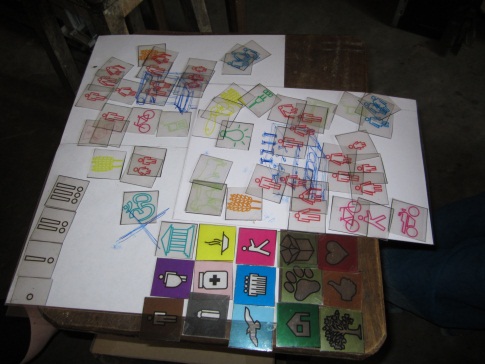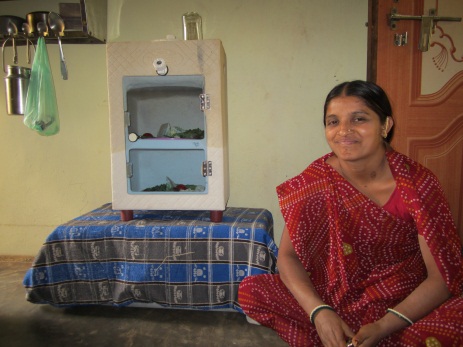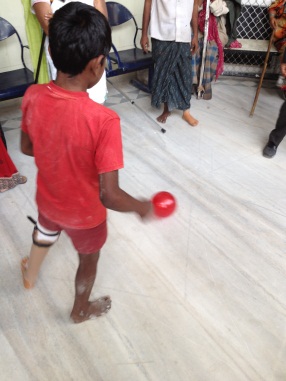Teamwork in paediatric oncology
Some influential theories of distributive justice, fairness and equality, like that of John Rawls, discuss fair distribution in terms of shares of primary goods available to people. The main criticism of philosopher and Nobel laureate Amartya Sen of these views is that it is not the goods that are ultimately important, but what they allow us to do and be, the kind of lives they enable us to live. Giving everyone a laptop or some other piece of technology is no good in and by itself, according to Sen's approach. Some people will be able to make good use of it and increase their level of functioning, but others who are illiterate or do not have access to reliable power supply cannot possibly convert their possession of the technology into anything useful. Human functionings and capabilities are therefore at the centre of Sen's work, referred to as the 'capability approach'. Although it has been widely adopted in development thinking, hardly any work has been done on the interrelations between the capability approach and technology/design. This is remarkable, since technology by definition aims at expanding human capabilities. This project investigates how the capability approach can be utilized in (thinking about) technological innovation and engineering design in context of innovation for the 'Base of the Pyramid' (BoP) or the poor in developing countries.


Research at the Faculty of Industrial Design Engineering
Integrating the Capability Approach and Design for Development
Design outputs play a significant role in shaping and changing our world, and thereby also our opportunities. For example, information and communication technologies enhance the opportunity to communicate and educate ourselves, and a bicycle provides the opportunity to move further. For some people, having all the opportunities to do what they want to do and to be who they want to be seems obvious. However, a lot of people in developing countries lack even basic opportunities. The capability approach is developed by Amartya Sen and Martha Nussbaum and specifically focuses on expanding the freedoms and real opportunities (‘capabilities’) that people enjoy. Although the approach has been widely adopted in development thinking, hardly any work has been done on the interrelations between the capability approach and technology. We expect the capability approach to add a new perspective to design for development. Our overall aim is to properly gear the capability approach towards product designers, to aid them in developing technologies that better address the social needs and realities of people living in developing countries.\

Funding
This project has been funded with a grant of 550.000 euro by the Netherlands Organisation for Scientific Research (NWO), as part of their grant program called 'Responsible Innovation'.
Key Publications
- Oosterlaken, Ilse. 2012. "The capability approach, technology and design; Taking stock and looking ahead". In: The Capability Approach, Technology and Design (eds. Ilse Oosterlaken & Jeroen van den Hoven). Dordrecht: Springer. Available online
- Oosterlaken, Ilse. 2012. "Inappropriate artefacts, unjust design? Human diversity as a key concern in the capability approach and inclusive design". In: The Capability Approach, Technology and Design (eds. Ilse Oosterlaken & Jeroen van den Hoven). Dordrecht: Springer. Available online
- Oosterlaken, Ilse; David Grimshaw & Pim Janssen. 2012. "Marrying the capability approach with appropriate technology and STS - The case of podcasting devices in Zimbabwe". In: The Capability Approach, Technology and Design (eds. Ilse Oosterlaken & Jeroen van den Hoven). Dordrecht: Springer. Available online
- Oosterlaken, Ilse. 2009. "Design for Development; A Capability Approach". In: Design Issues, 25(4)
Researchers
- PhD Researcher: Annemarie Mink
- Promoter: Prof. Prabhu Kandachar
- Daily Supervisor: Dr. Vikram Parmar
Partners
- 3TU.Ethics
PhD Researcher: Ilse Oosterlaken
Promoter: Prof. dr. Jeroen van den Hoven - Centre for Product Design and Manufacturing, Indian Institute of Science (IISc)
PhD Researcher: Pramod Khadilkar
Supervisor: Dr. Monto Mani